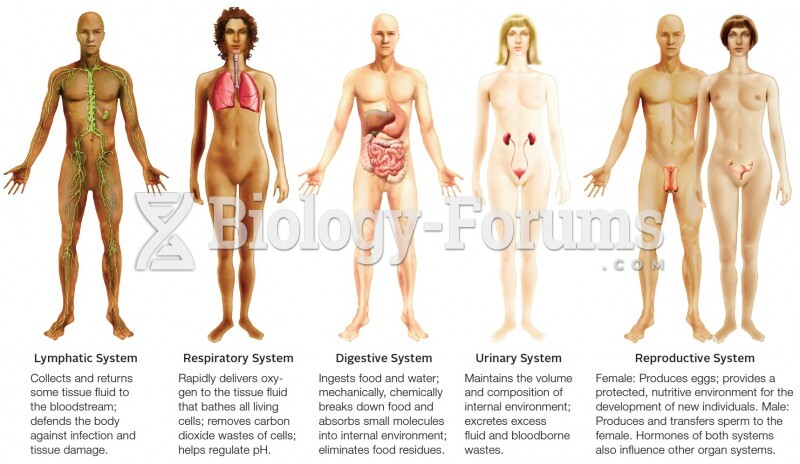|
|
|
The B-complex vitamins and vitamin C are not stored in the body and must be replaced each day.
More than 4.4billion prescriptions were dispensed within the United States in 2016.
The liver is the only organ that has the ability to regenerate itself after certain types of damage. As much as 25% of the liver can be removed, and it will still regenerate back to its original shape and size. However, the liver cannot regenerate after severe damage caused by alcohol.
An identified risk factor for osteoporosis is the intake of excessive amounts of vitamin A. Dietary intake of approximately double the recommended daily amount of vitamin A, by women, has been shown to reduce bone mineral density and increase the chances for hip fractures compared with women who consumed the recommended daily amount (or less) of vitamin A.
Urine turns bright yellow if larger than normal amounts of certain substances are consumed; one of these substances is asparagus.







